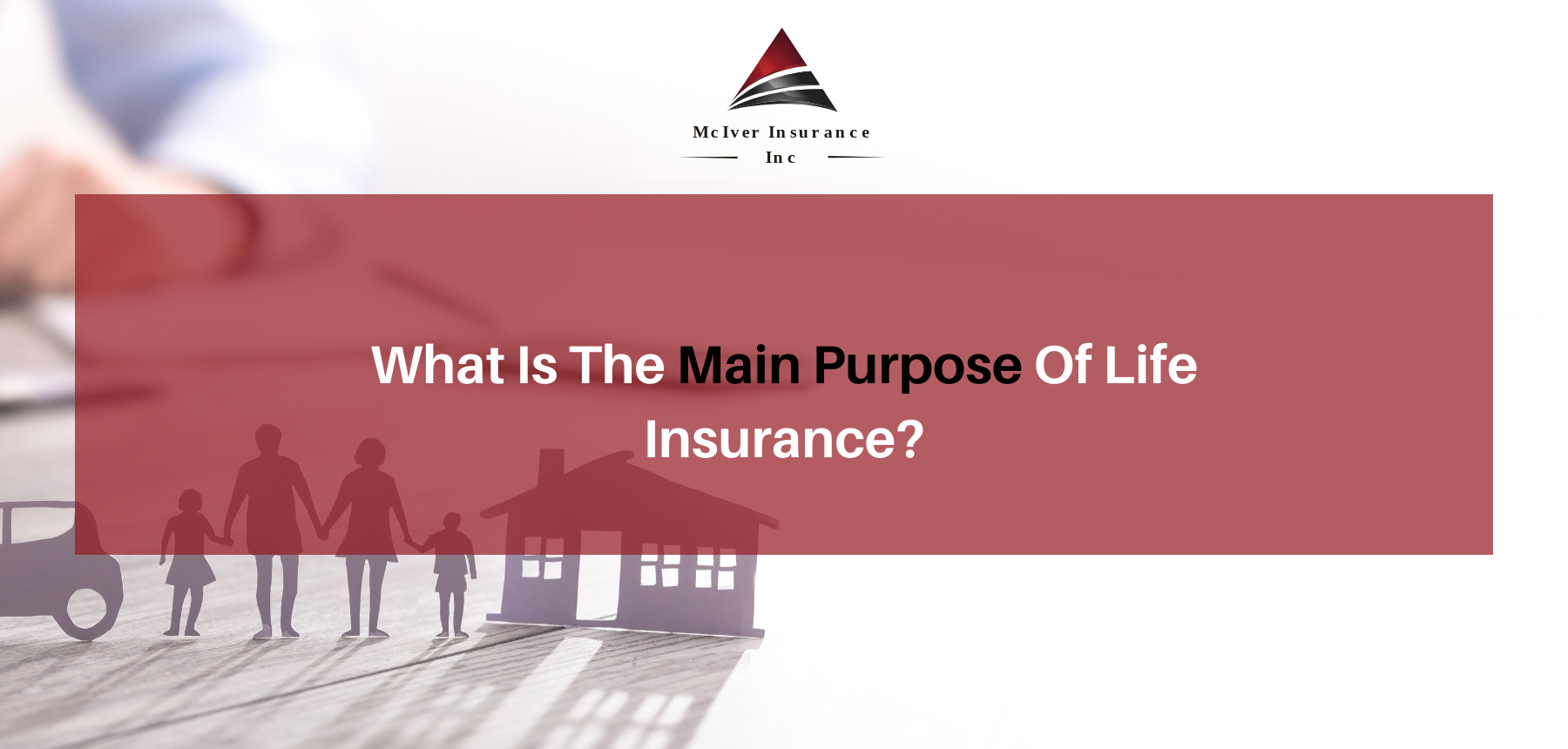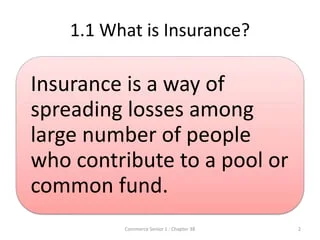Pacific Prime - Truths
Table of ContentsSome Known Details About Pacific Prime See This Report about Pacific Prime3 Simple Techniques For Pacific PrimeThe Single Strategy To Use For Pacific Prime
In many states, the insurer is required to send you a duplicate of the modifications to your policy. It is essential that you check out Recommendations or Bikers so you recognize just how your plan has actually transformed and if the plan is still adequate to meet your needs. To obtain a copy of your insurance coverage plan, please call your insurance agent or firm.
The Institute of Medicine (IOM) Board on the Consequences of Uninsurance launches a prolonged examination of proof that addresses the importance of health insurance protection with the magazine of this record. Coverage Issues is the first in a series of 6 reports that will be released over the next 2 years documenting the reality and repercussions of having an estimated 40 million people in the United States without medical insurance protection.

See This Report about Pacific Prime
The objective of this series of researches is to redouble policy interest on a longstanding issue. Complying with the lengthiest economic expansion in American background, in 1999, an approximated one out of every 6 Americans32 million adults under the age of 65 and more than 10 million childrenremains without insurance (Mills, 2000).

10 percent of the populace accounts for 70 percent of wellness care expenses, a correlation that has actually stayed continuous over the past 3 years (Berk and Monheit, 2001) - international travel insurance. Thus health insurance coverage continues to serve the function of spreading out danger also as it increasingly funds routine treatment. From the viewpoint of healthcare service providers, insurance coverage carried by their patients aids secure an income stream, and communities gain from financially sensible and steady healthcare specialists and institutions
Government supplies medical insurance to populations whom the exclusive market might not serve efficiently, such as impaired and seniors, and populaces whose access to health care is socially valued, such as kids and pregnant ladies. The best ends of wellness insurance protection for the specific and areas, consisting of office areas of workers and employers, are improved wellness results and lifestyle.
The 8-Minute Rule for Pacific Prime
Workers rank medical insurance initially by much in value amongst all the advantages supplied in the workplace (Salisbury, 2001). Although there have actually been sizable financial investments of individual and public funds to offer wellness insurance coverage, lots of people still have no protection. Regardless of considerable reporting of study searchings for and healthcare research study results, the public continues to be confused and misinformed concerning Americans without wellness insurance coverage and the effects of lacking protection.

Without doubt, the intricacy of American healthcare financing systems and the wide range of resources of info include to the public's confusion and hesitation regarding health and wellness insurance coverage data and their interpretation. This report and those that will follow aim to boil down and present in easily understandable terms the extensive research study that bears upon inquiries of medical insurance coverage and its value.
Fifty-seven percent of Americans polled in 1999 believed that those without medical insurance are "able to get the treatment they require from medical professionals and health centers" (Blendon et al., 1999, p. 207). In 1993, when national focus was concentrated on the troubles of the without insurance and on pending healthcare regulations, just 43 percent of those questioned held this idea (Blendon et al., 1999).

They likewise receive less preventive services and are great post to read much less most likely to have routine care for persistent conditions such as hypertension and diabetic issues. Persistent diseases can bring about pricey and disabling complications if they are not well handled (Lurie et al., 1984; Lurie et al., 1986; Ayanian et al., 2000). One national study asked more than 3,400 grownups regarding 15 very severe or somber conditions.
Indicators on Pacific Prime You Should Know
Extra evidence is presented later in this phase in the conversation of insurance policy and accessibility to healthcare. https://www.metal-archives.com/users/pacificpr1me. People without medical insurance are young and healthy and select to go without protection. Nearly fifty percent (43 percent) of those evaluated in 2000 believed that people without health and wellness insurance coverage are more likely to have health issue than individuals with insurance policy
Voters and policy makers in focus team conversations identify those without insurance as young individuals who have the chance to be covered and feel they do not require it (Concierge Novelli, 2001). Contrasted to those with at the very least some exclusive protection, the uninsured are much less most likely to report being in excellent or excellent health and wellness (Agency for Medical Care Study and High Quality, 2001).
SOURCE: Center for Expense and Financing Studies, Firm for Healthcare Research and Quality, based upon MEPS data. Young adults in between 19 and 34 are even more most likely to do not have health and wellness insurance than any kind of various other age group. This is mainly due to the fact that they are less typically qualified for employment-based insurance policy due to the nature of their job or their short tenure in it.
The understanding that individuals without insurance policy have better-than-average wellness follows from confusing the reasonably young age account of the without insurance with the much better health, on standard, of younger individuals. This covers the web link in between health and wellness standing and medical insurance. For those without access to office health insurance coverage, bad health and wellness is a potential barrier to buying nongroup insurance coverage due to the fact that such coverage may be very valued, omit preexisting problems, or be just not available.